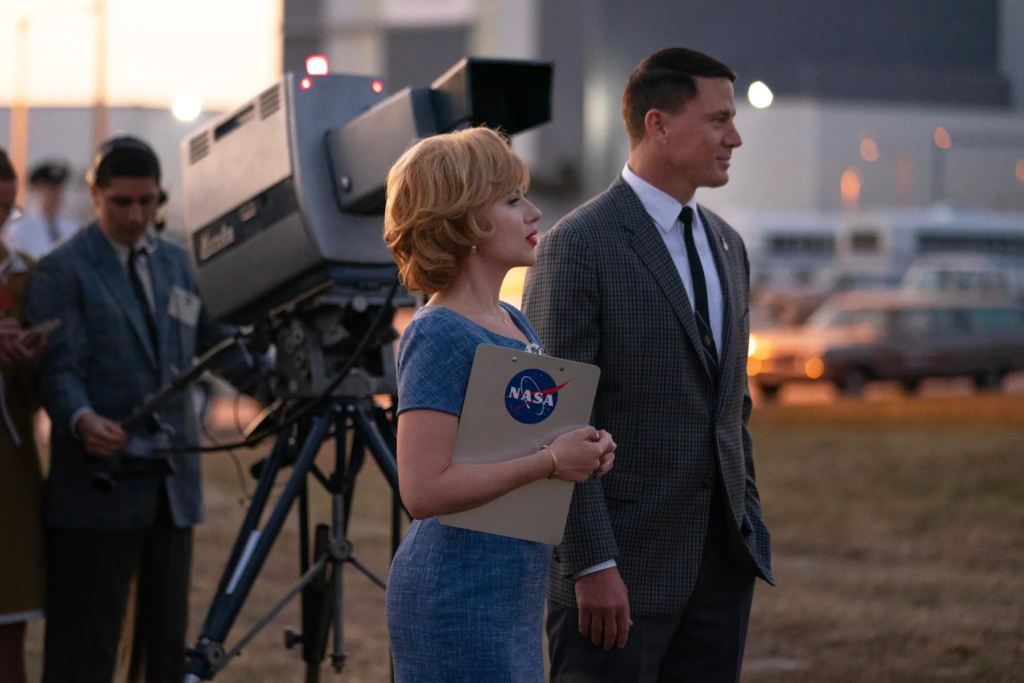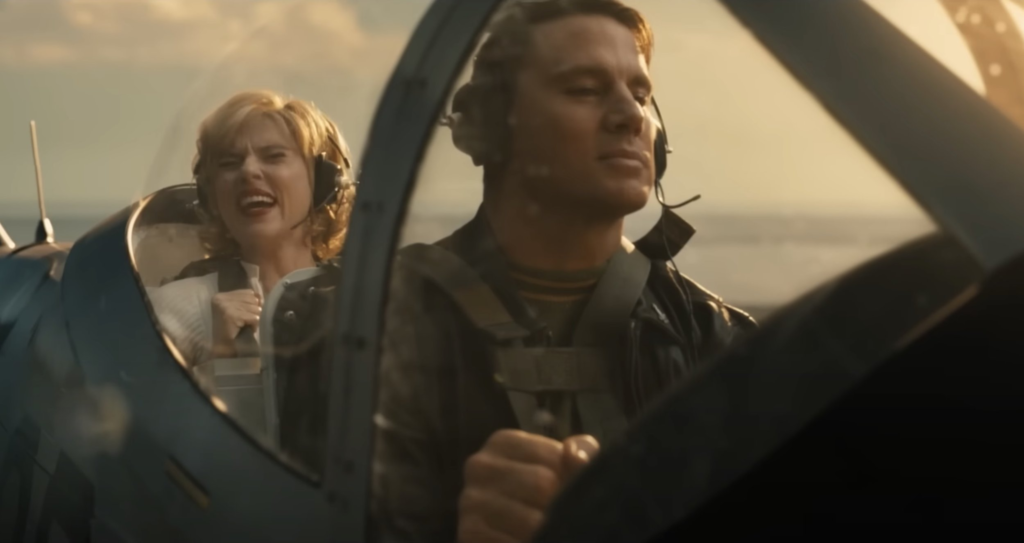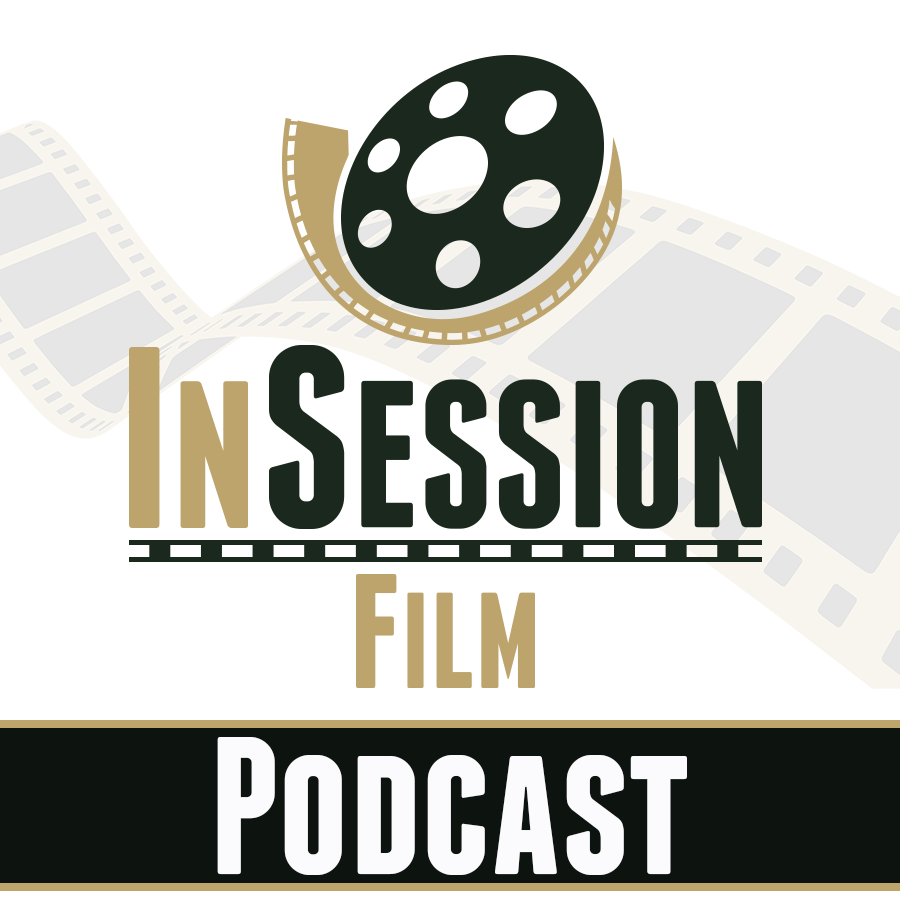Director: Greg Berlanti
Writer: Rose Gilroy
Stars: Channing Tatum, Scarlett Johansson, Woody Harrelson
Synopsis: Sparks fly in all directions as marketing maven Kelly Jones, brought in to fix NASA’s public image, wreaks havoc on Apollo 11 launch director Cole Davis’ already difficult task of putting a man on the moon. When the White House deems the mission too important to fail, Jones is directed to stage a fake moon landing as backup, and the countdown truly begins.
That Greg Berlanti’s Fly Me to the Moon was originally intended to be a direct-to-streaming release makes some sense, actually. A high-concept, low-stakes romantic dramedy about the Space Race and what it must have been like to work for Richard Nixon, it’s the sort of project that those prone to the daily brainless scan of Netflix’s library would lap up in a heartbeat. As for how it might fare on Apple TV+, where it will inevitably land once its unexpected theatrical run concludes sometime this summer, it’s likely that it will fit right in. One can already imagine the “Out of This World” banner, branding the streamer’s oddly-copious selection of space-related programming, from its slew of science-fiction duds to For All Mankind, and even The Morning Show. (Why they sent Reese Witherspoon to space is something I refuse to try to understand. Best you do the same.)

Despite the similarities to normal streaming fare, it rises above this. Fly Me To The Moon is better written, better staged, and starring better performers than any of those often-schlocky offerings typically bother to bring to the table. Perhaps that’s why test audiences – all of which saw it on the big screen as Berlanti and his crew showcased their work to gauge whether it could play well in a theater – loved it: Not just for its humor and its romance, but for its originality. The director and producer himself even told Variety that his testing audiences wanted to see an original movie: “Even though it’s obviously historical fiction, it’s an original story wrapped around that,” he said. “They didn’t know what was going to happen in a way in the movie and that was so fresh for them.”
Of course, it’s worth considering that this interview was 1) published in a Hollywood trade, and 2) skewed quite positive; had an audience member waltzed over to Berlanti and told him to shove his movie where the moon doesn’t glow, we wouldn’t read about it, least of all in Variety. But no matter how rave the reviews Berlanti received really were, Fly Me to the Moon will launch its theatrical run on July 12, despite it already having had a peculiar roll-out ahead of that official release date. On July 1, both the AMC and Regal theater chains screened the film as part of their recurring five-dollar mystery movie series’; then, on July 5 and 6, it landed in theaters again, this time for a few “early access” screenings. It appears that Apple hopes to rake in as much cash as possible at the box office, given the gamble it took to put the movie in theaters. That is, if you can really call a movie starring Channing Tatum, Scarlett Johansson, Woody Harrelson, and others a “gamble”.
Really, nothing about it is very risky. It begins with an over-edited slog of a newsreel that hands us our sense of time and place on a silver platter, a far-too-standard and grossly tired habit that historical dramas tend to employ nowadays. Blink-and-you’ll-miss-them snippets tell us that John F. Kennedy is the President of the United States, with Lyndon B. Johnson and Nixon following suit, and that all any of them want to do is make sure that American astronauts arrive on the moon before the Russians. Once we finally cut away from a montage that might as well have been an advertisement for the Adobe Suite, we meet Cole Davis (an exhaustingly straight-faced Tatum), an ex-pilot turned NASA’s hard-working, tirelessly focused launch director for Apollo 13. If Cole hates anything more than lying and disorder, he hasn’t found it yet, so it’s only fitting that Kelly Jones (Johansson) should enter his life when it’s at its most stressful peak. She’s a marketing maven, one who is talented enough to sell a sports car based on its seatbelt, thus making her the ideal choice to persuade politicians and the public alike that going to the moon is worth the cost.

This duo’s meet-cute at the local diner gives the film one of its dueling threads, while what ensues in the aftermath of Kelly’s sudden hiring provides the other. The mutual attraction between the two is evident, and it’s not all that hard to believe in, given that Tatum and Johansson are the actors tasked with inhabiting these roles – though they are hard to believe as late-’60s NASA employees from an aesthetic perspective. But there is a constant air of antagonistic tension; Cole prefers stability, and Kelly is a natural-born disruptor. She’s here to “sell the moon,” while he’s there to ensure that three men can get there and back safely. That Cole was the launch director on Apollo 1, NASA’s initial attempt to get a man on the moon, doesn’t help matters in regards to Kelly’s cavalier attitude; that mission’s Command Module caught on fire during a launch rehearsal test and killed the three astronauts inside, a tragedy Cole blames himself for and can’t move past. His best hope? Apollo 11’s success.
About that: While Kelly was initially hired to nab endorsement deals that would help fund this mission and to convince the country to support it, her duties eventually evolve as the government’s top brass grows more wary that Apollo 11 will be the success NASA seems to believe it will be. That she isn’t who she says she is – a stab at character development that feels both out of place and underbaked, yet looms large nonetheless – gives Moe Berkus, a mysterious government agent played with giddy aplomb by a paycheck-hunting Woody Harrelson, enough ammo to task her with the ultimate con. “Project Artemis”, named after Apollo’s sister, is presented a little over halfway into the movie, but it’s what the film’s trailers sell even more than the Cole-Kelly romance: A staged moon landing to broadcast in the event that things 240,000 miles away go awry.
Needless to say, this is not something Cole would go along with nor appreciate, so Kelly opts to hide it from him, unfortunately leading to occasional scenes where Fly Me to the Moon’s two most captivating characters don’t share the screen. Which would be disastrous if not for Ray Romano’s Henry Smalls, Cole’s lovable right hand man who… is just Ray Romano (about which I’m not complaining), and Jim Rash’s Lance Vespertine, the Kubrick of commercials who Kelly hires to direct her faux moon landing. Rose Gilroy’s script does its best to give the principal players their due, and thankfully, it’s not all one-liners and trailer bytes. Thematically and tonally, this thing might be all over the place – its political subtext is just as forced as Kelly’s secretive arc and Cole’s grief, though at least the latter should give audiences something to root for, despite the face that they know about the success of the moon landing before the opening titles roll – but it does have its finger on the pulse of something fresh and original. Even if the desire to grasp originality often manifests itself in the form of corny pastiche, it makes an attempt at being unique, which is more than most theatrical offerings can say these days.

When Kelly first sets foot on NASA’s Florida campus, Cole is dismissive, his opinion that sales is a trade built on deceit muddling his view of how Kelly’s craft could aid operations on his side of the street, not detract from them. “Don’t take him personally,” she is told. “Pilots fight gravity. It’s part of their nature.” Fly Me to the Moon seems to be doing a similar thing, making a constant effort to keep the mood up among the clouds despite some of its more dour moments. Even as the lines between the character’s motives and emotions begin to blur, with everything becoming significantly more complicated in both a professional and a romantic sense, the film doesn’t seem to know how to show it other than by having whoever is on screen display a long face while a downbeat score from Daniel Pemberton drones on in the background.
There’s a difference between a film that is never short on charm and one that relies on it to the point where it’s worthy of the world’s longest eye roll. Fly Me to the Moon falls somewhere in the middle. Yes, it features quotes that would befit an inspirational poster in your seventh-grade English classroom – “I don’t think our sad stories are supposed to teach us how to survive the world. I think they’re supposed to teach us how to change it”, etc. It’s also an ungodly 132 minutes long, inappropriate for plenty of movies and especially bloated for a film that spends most of its runtime careening towards inevitable resolutions to its pair of central narratives.
But as a project that proudly wears its M.O. on its sleeve, it’s a simple crowd pleaser that aims to be nothing more, nothing less. Watching it reminded me, in a way, of The Big Picture podcast host Sean Fennessey’s recent Letterboxd review of Jaws: “Watching this movie is like getting a base hit,” he wrote. “It’s so pure, specific, and finite. But while it’s happening, you’ve never been happier and you never want it to be over.” Now, Fly Me to the Moon is hardly Jaws, nor is it remotely as exciting as getting a base hit. But a walk – even a hit-by-pitch – still counts towards on-base percentage. If you’re lucky, you might even make it home with a smile.





